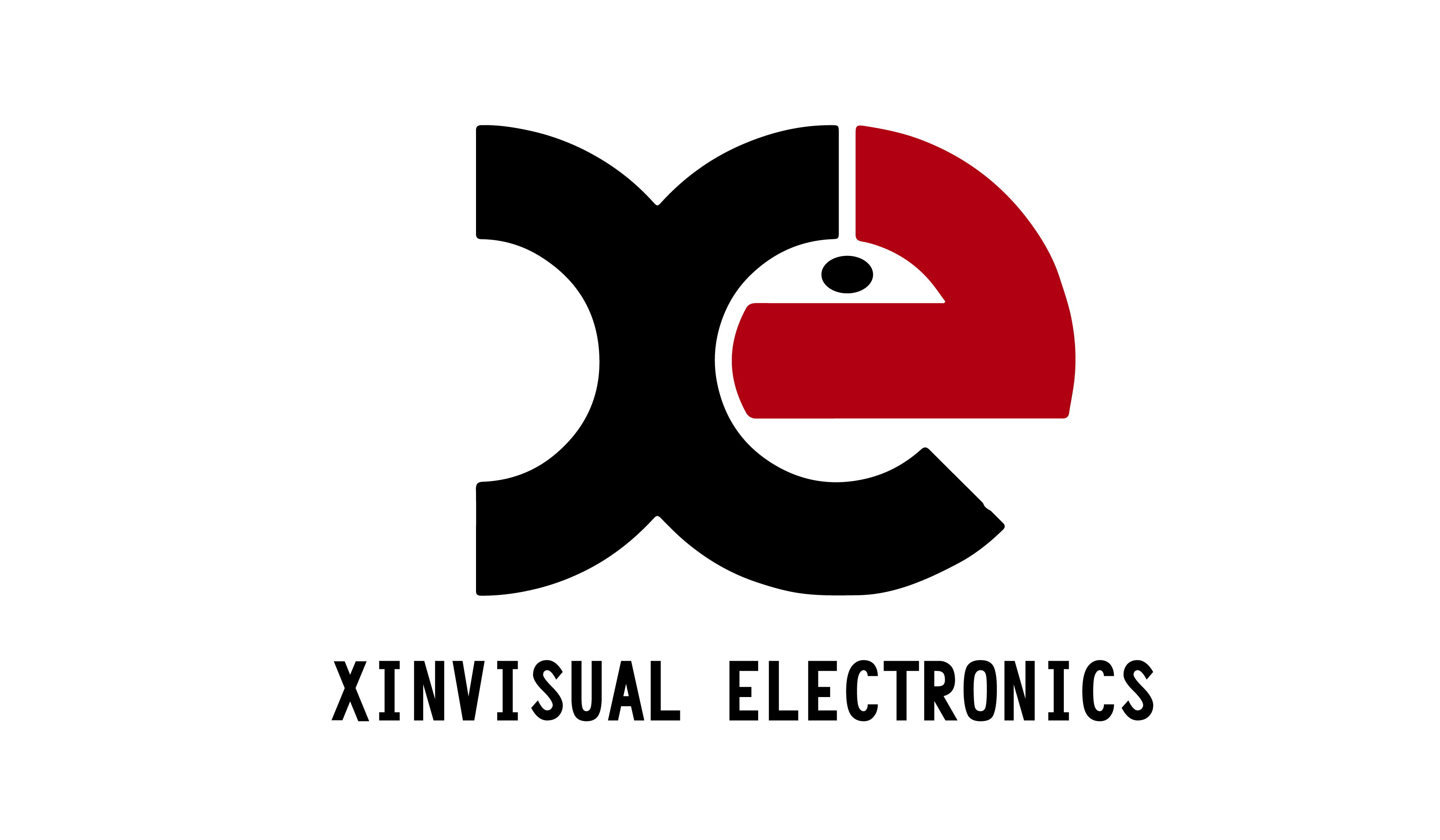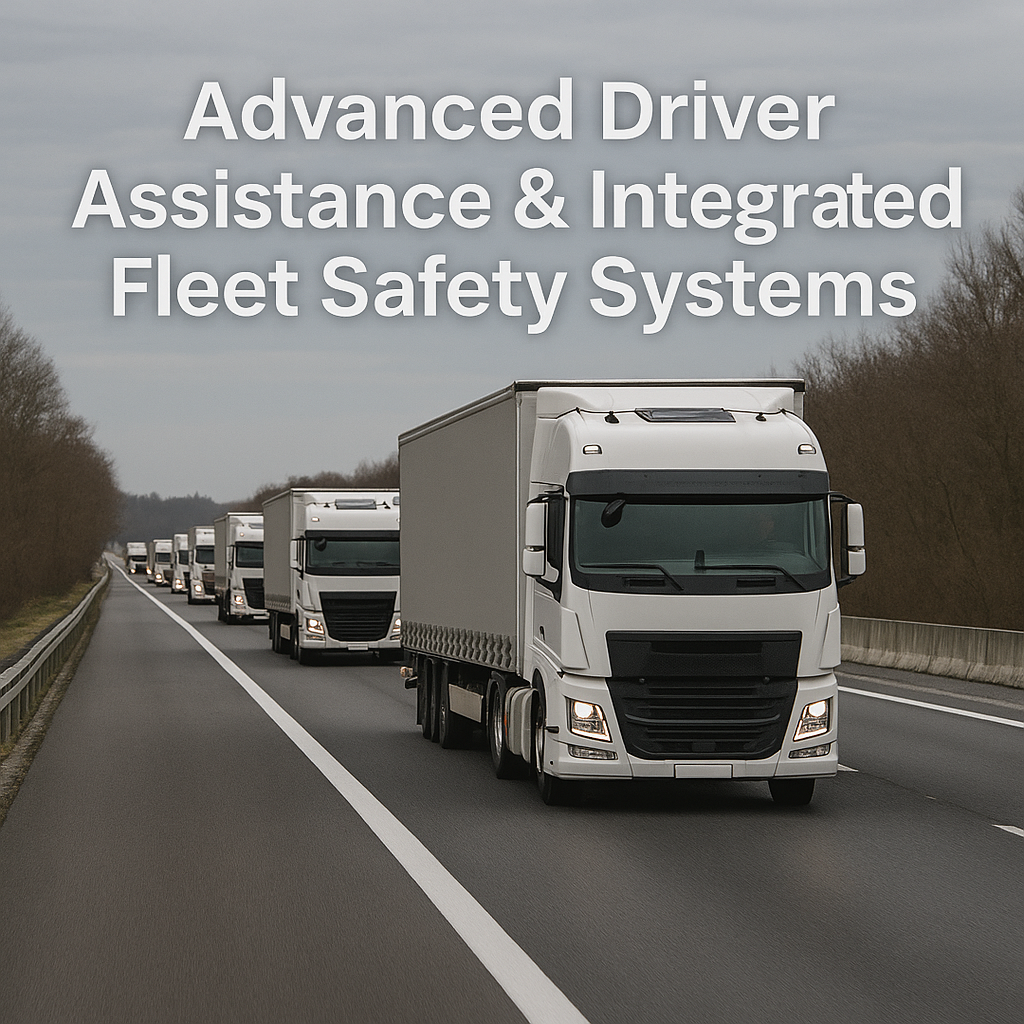Introduction
The future of fleet safety isn’t just about individual tech upgrades—it’s about smart integration and systems that work together to deliver real-time intelligence and automated support. That’s why in 2025, more fleet operators are investing in Advanced Driver Assistance Systems (ADAS) and fleet-wide integration platforms.
These technologies go beyond warning buzzers and camera feeds. ADAS uses artificial intelligence, radar, and video analytics to actively prevent collisions, detect driver fatigue, and support real-time decision-making. And when these systems are integrated into a single fleet platform, they create smarter, safer, more responsive operations.
Let’s break down why ADAS and intelligent system integration are no longer optional—but absolutely essential.
ADAS – The Future of Fleet Safety
Collision Avoidance and Lane Departure
One of the key capabilities of a modern ADAS system is its ability to prevent accidents before they happen. Using a combination of high-resolution cameras, radar, and intelligent algorithms, ADAS can:
-
Warn drivers of potential collisions with vehicles or obstacles
-
Detect lane departure and alert drivers to correct course
-
Identify pedestrians or cyclists in close proximity
-
Support automated braking in emergency scenarios
This isn’t just about tech—it’s about protecting lives, reducing insurance claims, and keeping your vehicles road-ready at all times.
Alerts and Automated Decision Support
ADAS is more than a passive alert system. It’s a real-time co-pilot that enhances driver reaction time and helps manage unexpected road events. Key features include:
-
Overspeeding alerts
-
Headway monitoring (safe distance control)
-
Automated response suggestions (for braking or steering)
Integration and Scalability: Building a Smarter Fleet
One Dashboard for All Systems
The real power of modern fleet technology comes from integration. Instead of juggling multiple apps and screens, a unified platform allows you to manage:
-
ADAS data
-
360° camera feeds
-
Blind spot alerts
-
Live MDVR video
-
Telematics and GPS
Fleet managers can access all safety insights in one centralized dashboard, which streamlines decision-making and allows for faster incident response.
This integration not only improves safety but also reduces training time, simplifies reporting, and gives you total operational control—from any location.
Scalable for Fleets of All Sizes
Whether you run a handful of vans or manage hundreds of long-haul trucks, Xin Visual’s systems are designed to scale with your operation. Benefits of our integrated solutions include:
-
Modular components that fit various vehicle types
-
Custom alerts and reporting features
-
Compatibility with major fleet management platforms
-
Remote configuration and upgrades
Start with one depot or region and scale across your entire fleet at your own pace—without sacrificing performance or flexibility.
Conclusion
In 2025, fleet safety is no longer just about reacting to problems—it’s about preventing them entirely. ADAS and integrated systems give you the tools to protect your people, reduce costs, and improve efficiency across the board.

